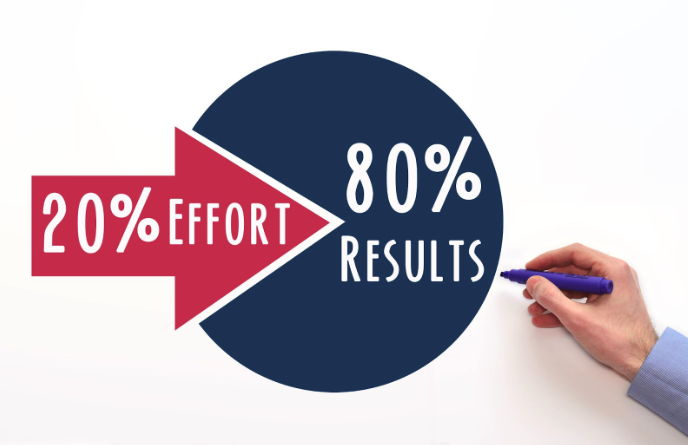We live in a hustle culture. As technology has exponentially grown, so has our ability to be doing more, more, more, in less, less and less time. In many ways, this is exciting and helps humans achieve their maximum potential.
But instead of having more down time with this new productivity level, people find themselves burnt out, leaving jobs, filled with chaos and lack of purpose and direction as our phones beep at us all day: “Take care of me!” “Do this!” “Don’t forget this!”
Slowing down hustle culture
As Be Courageous’ COO and author of Chaos to Calm, with many years running businesses and human resources, I’ve learned: Never force people or projects to get ahead of their natural evolution.
When growing food, it takes as long as it takes. A seed needs time to grow. It needs sun and water, and time for it to become a beautiful vegetable or fruit. Not only is it impossible to force it to grow faster, but picking it too soon will give you a sour result.
Most notifications, projects, tasks and activities are not life or death moments and can be handled at the right time. Most things don’t need harsh time pressures against them.
Truly knowing timeframes that are ideal for you and your team, should not just be okay but encouraged.
How to plan projects on a natural/realistic timeline
Letting projects and people take the time they need to achieve their goals doesn’t mean not getting sh*t done. Our team works incredibly hard, and we set ambitious goals. We constantly turn over a large amount of work in tight turnaround deadlines for our clients.
So what can be done if your organization expects an ark to be built in 2 days and your team tells you that to build the perfect ark, it would take 2 years?
First, consult your team on the process and look for ways to create more efficiency, streamline decision-making, and empower your team.
Second, decide, with your team, on what a threshold of acceptability would be. While it sounds like an oxymoron, perfection can actually impede greatness. Perfection is subjective, and fleeting. Figure out what can be launched more quickly, that can then be built upon or tweaked to achieve the final goal.
It may be that you start with a canoe rather than an ark. Learn about the canoe. What are its weaknesses? What are improvements you can make? What is working well? And then iterate to the ark.
You don’t know what you don’t know until you get started. So, get started on an initial version and work towards your final vision, rather than thinking you can create a perfect end product right at the get-go.
Following the “80/20” rule, figure out where your team should focus their time to get the most results.

Letting your team take the natural time it takes to build a canoe versus the ark by the deadline will give you the best canoe possible, rather than your team burning out while churning out a sub-par product and quitting after launching an ark that sinks.
Lastly, once your team has given feedback on the natural timeframe for the particular output agreed on, create a buffer, then more buffer, and did we mention buffer? Add a day or days to the schedule to expect the unexpected.
The 5x5 rule
To help lower stress in the short-term for those who feel impatient to speed projects along faster than their natural rate, try on “The 5×5 Rule.”
The 5×5 rule is simply this: If something isn’t going to matter in five years, then don’t worry about it for even five minutes. Don’t over-stress in the short term what isn’t impactful in the long run.
Making room for late-binding decisions
In most projects, most decisions about who/what/where/how and why are made at the beginning. And when people discover new information along the way, they tend to feel committed to what was first decided, rather than letting a discovery change the course.
If new information shows up that really gets you to reconsider your original plan, you can make that late-binding decision. You don’t have to force-fit an original plan. You can courage a pivot and adapt to new learnings.
Be collaborative and transparent in adjustments, of course. But timelines sometimes need to shift to “it takes as long as it takes” in order to accommodate a better path.
Take the time you need to take as well
As leaders, we’re often focused on getting our teams to produce xyz results in xyz time. We often sacrifice our own personal time (at least the leaders who care!) to help our teams achieve their goals, cut red tape, and rally for change in the organization.
It’s imperative to set the example to your team that you yourself are considering the natural time things take for your tasks as well, and to communicate that back to them when getting requests. Then they will feel comfortable sharing their natural timeframes as well.
Take the time it takes. It’s worth it.
Need help improving company culture, launching new initiatives or up-skilling management to have better project management or communication skills?

